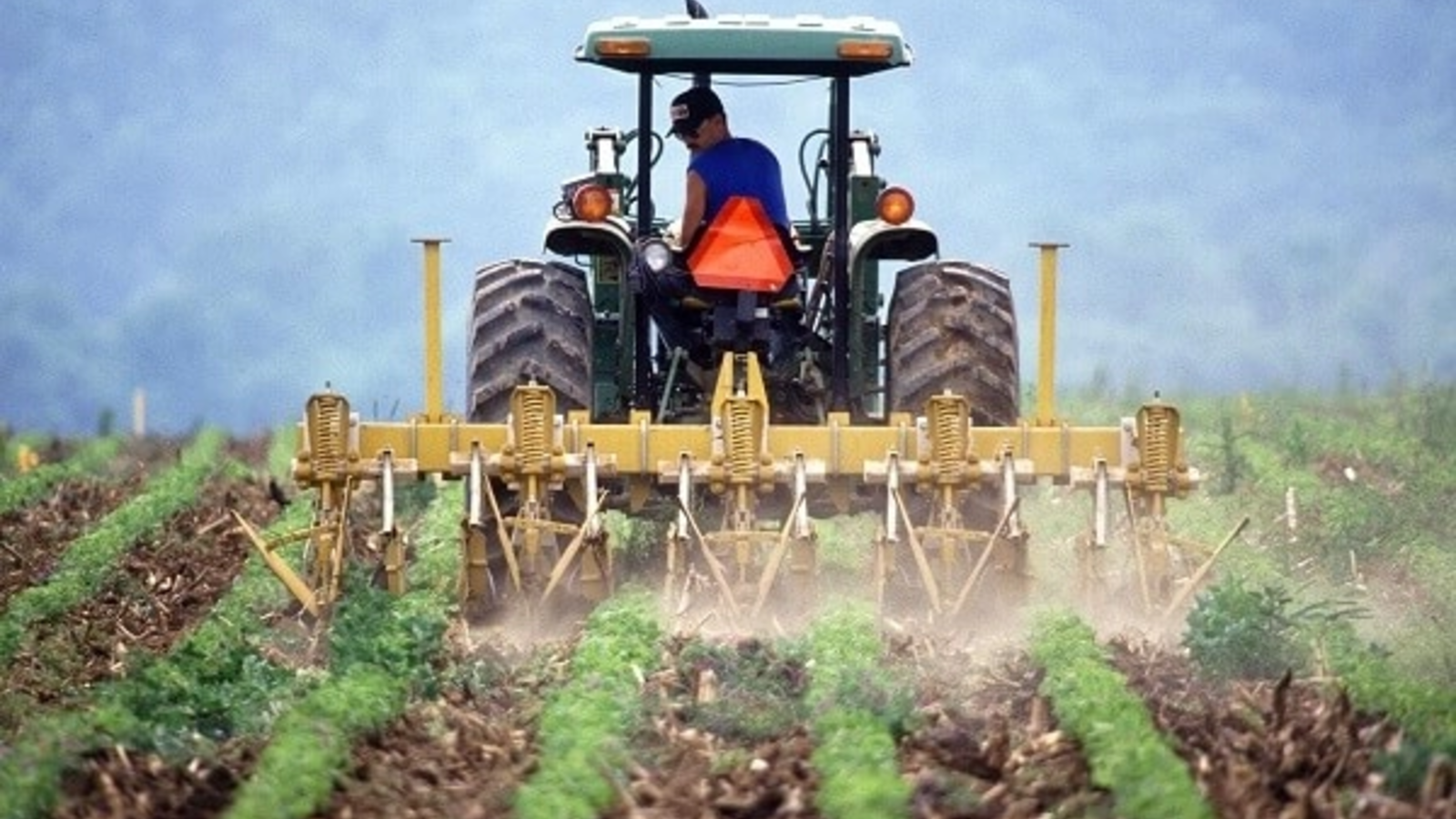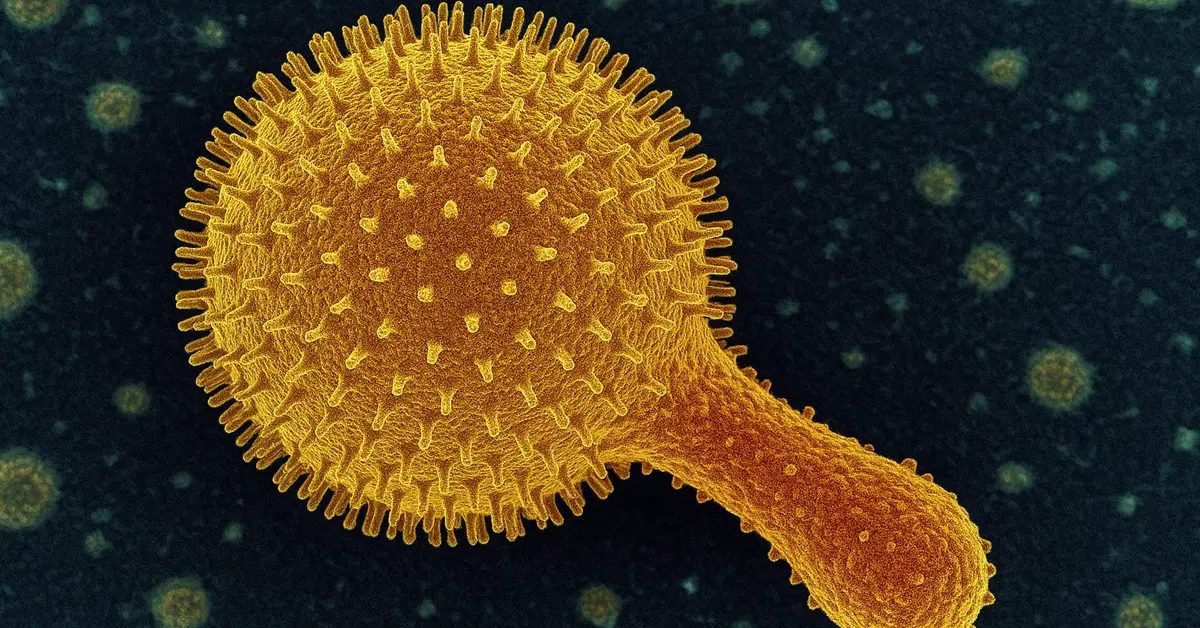Romania's Agency for Agricultural Payments and Intervention (APIA) has reminded farmers again about the ban on burning stubble, heather and grass amidst wildfires of late throughout the country.
According to APIA, all beneficiaries of financial support, granted in the form of direct payments, interventions and measures for rural development, are under an obligation to comply with GAEC 3 standard - maintain soil organic matter and soil structure through a ban of burning arable stubble; and GAEC 10 standard on heather and grass burning as part of the conditionality rules that must be followed by farmers.
At the same time, farmers receiving support under the National Strategic Plan 2023-2027 must comply with the rules on conditionality on the entire farm and throughout the year of application.
By complying with the two cross-compliance rules, namely GAEC 3 and GAEC 10, farmers contribute to reducing greenhouse gas (GHG) emissions from agriculture and maintaining the level of organic matter in the soil, by prohibiting the burning of stubble, dry vegetation and plant residues existing on arable land as well as the vegetation of permanent grasslands, according to APIA.
"The GAEC 3 standard must be followed by all farmers who have arable land at their disposal. Farmers who use arable land must not burn stubble and/or plant residues resulting from crop harvesting (straw of straw cereals, protein plant or potato stalks, corn cobs, sunflower stalks, rapeseed, etc.). The GAEC 10 standard applies to all permanent grasslands on the national territory," according to APIA.
Permanent grassland vegetation includes dry vegetation on pastures and meadows, stubble and plant debris left after grazing or hay harvesting, as well as invasive vegetation or vegetation harmful to grass cover on permanent grasslands.
The main objective of the GAEC 3 and GAEC 10 standards is to maintain the level of organic matter in the soil.
In order to strengthen the measures to verify compliance with GAEC 3 and GAEC 10 standards, APIA concluded with the National Environmental Guard (GNM) and the General Emergency Management Inspectorate (IGSU) a collaboration protocol on actions to monitor farmers' compliance with the rules on conditionality regarding the ban on burning dry vegetation, plant residues existing on arable land, permanent grassland vegetation as well as the ban on burning stubble, dry vegetation and plant residues existing on arable land and permanent grassland vegetation located in Natura 2000 sites.
According to the collaboration protocol, APIA together with GNM and IGSU develop informative materials (posters, leaflets, posters, press releases, etc.) on burning stubble, heather and grass on arable land and permanent grasslands, and send them to the subordinated county departments in order to disseminate them to the population as part of public information campaigns. A































Comentează